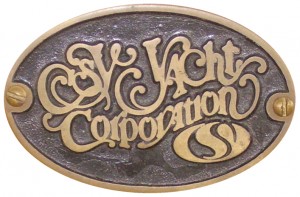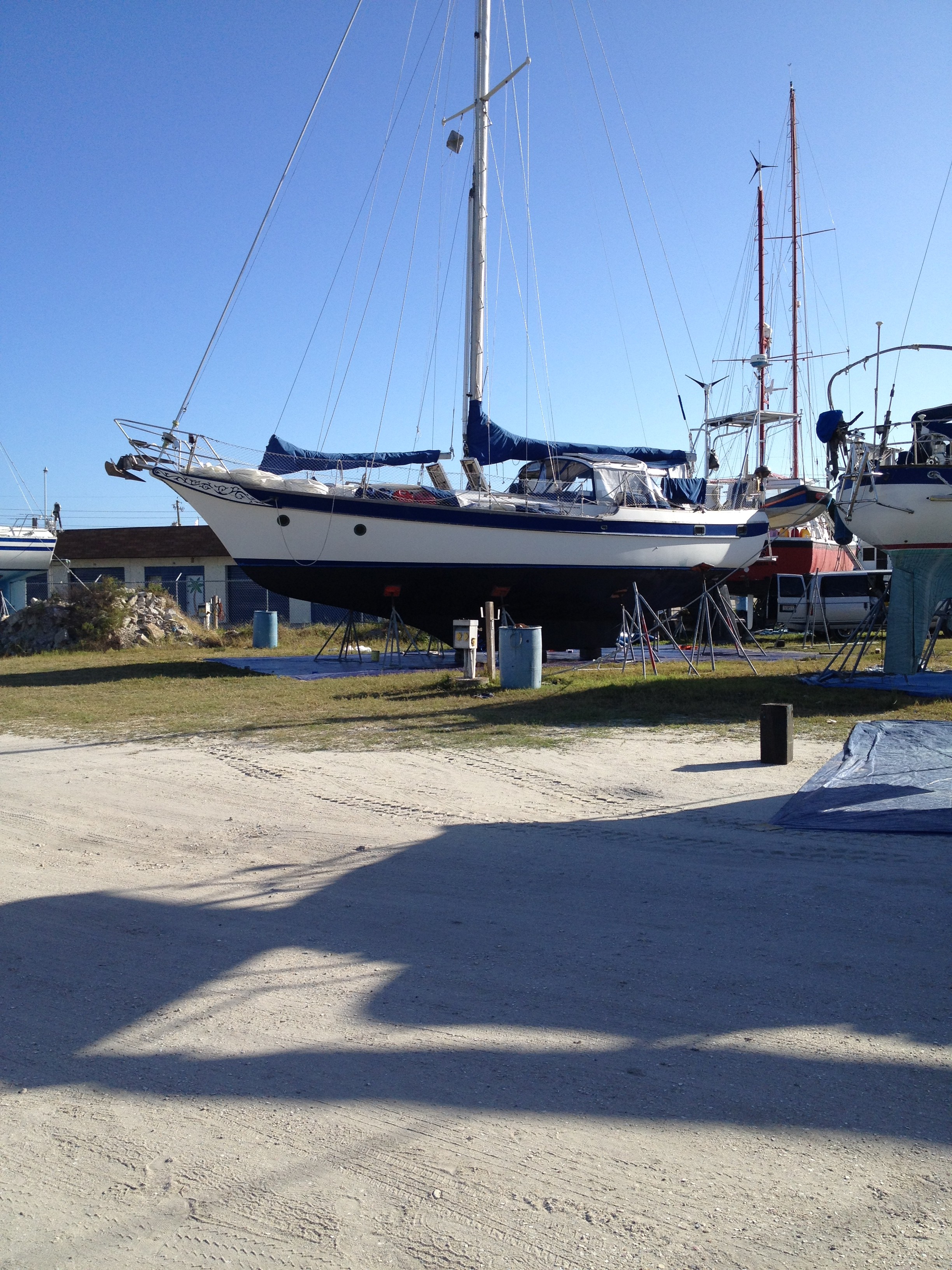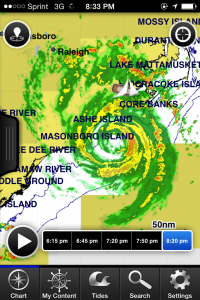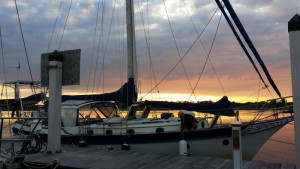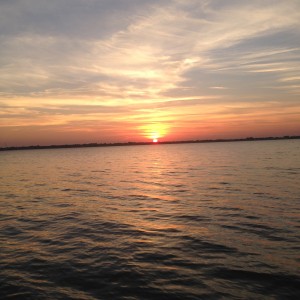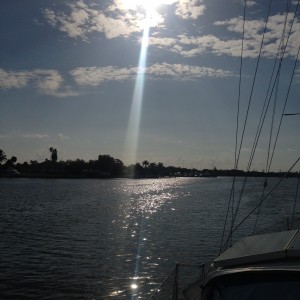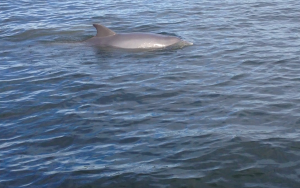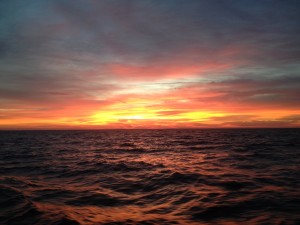Occasionally, I sit down and calculate what the total is for the last six months of owning, operating and maintaining our boat. At times it is painful…. Keep in mind ours is an older, though upgraded, 44′ sailboat. There have been a few things we added or upgraded which we probably could have lived without but we decided were essential.
Here’s what last winter cost us, (2014 into 2015) just for the boat and travel, not food or entertainment….
Transient or Seasonal Dockage: $1,700
Insurance: $100/month so $600
Fuel: $500
Equipment replacement or repairs: $5,000 (We had to replace a lot of items that the prior owner wanted to keep and we also added a Garmin 741XS chartplotter which has been fantastic)
Home slip: $150/month…$900
Travel to and from boat: $3,000 ( we have spent a lot of time helping a terminally ill family member over the last year so this will drop significantly)
Radio Licenses: $200
Haulout/Bottom Paint : $1600
Epirb recert: $300
So, we are at $13,700 for a six month period. ($2,283.00 per month) Some of these items won’t come around again for three years (bottom job, radio licenses, EPIRB) so the cost can be amortized over a longer period reducing the monthly cost. Downside is when they need to be done you’d better have had the discipline to save your cash. The good news is I cleaned our hull in December before we left Oriental, NC and it looked great after a year in the water. The use of the Petit Ultima SR60 was a good choice. The bottom looked like it had just been painted except for some growth on the intakes. I have read a lot of varying opinions on how often to clean the bottom and many claim that the more often you clean it the faster your paint “ablates” and the sooner you have to reapply…this seems to be the case in this instance as ours is holding up very, very well with only two light cleanings a year.
The first six months, granted, will probably be the most expensive of the time periods during which you will own your boat. Gear, cosmetic changes, upgrades and the inevitable mistakes that break or lose something will be factors that increase this number, so be ready.
This last December (2014), our house batteries decided that they needed to be replaced…(right after our engine starting battery needed replacement $150)…..we have ten….they are Trojan T-105’s that run about $150 a piece (after taxes)…..they typically last five years ….that works out to a manageable $25 per month over the life of the batteries but that sticker shock will keep you awake a few nights when they need replacement….

